The Bay and Gable House at 64 Spadina Avenue. Its facade is partly obscured by the glass extension built across the front of the structure.
On the west side of Spadina Avenue, south of King Street West, there is an architectural oddity that has survived for over a century. I refer to it as an oddity, as only half of the structure remains, the other portion having been demolished. The future of the section that remains is in doubt, as the area has become increasingly popular with condominium developers, and thus, the land where it is located is extremely valuable.
The Toronto Directories reveal that in 1888, two houses were under construction on the site. The houses were Bay and Gable in style, with the postal addresses 56 and 58 Spadina Avenue. When the houses were completed in 1889, Dr. T. H. Little M.D. moved into # 56 and John Clegg, a vocalist by profession, moved into #58. In 1890, the postal addresses of the homes were changed and they became numbers 62 and 64 Spadina Avenue. In that year, John Clegg continued to live in #64, but in # 62 was George W. Morse. In 1904, John Clegg remained in his home, and in the other house was James F. Campbell.
This pair of Bay and Gable houses, built in the latter decades of the 19th century, survive today on a quiet street in Toronto’s Kensington Market area. They are similar in design to those constructed at 62 and 64 Spadina Avenue. The Bay and Gable design originated in Toronto and is the city’s unique domestic architectural style. These houses featured bay windows in a soaring gable that stretched from the first-floor level, high into the third-storey. The style became very popular in the last two decades of the 19th century. Houses in this design permitted extra light to enter the interior, an important consideration during Toronto’s short winter days, in an era without electric lighting. The style spread throughout most of Ontario and even into some other provinces.
These Bay and Gable homes on Bellevue Avenue in the Kensington Market area are personal favourites of mine. The bright blue trim of the left-hand house gives it a jaunty appearance, adding colour to the Kensington Market scene, which is already colourful in its own right.
View from the south side of the house at 64 Spadina Avenue. The house at #62 was demolished shortly after World War II and a laneway occupies the site of the demolished house. The lane leads to the rear of the building. All that remains of #62 is the wall that it shared with #64. At #64 Spadina, behind the glass extension built across its facade is the gable with its bay windows. The top of the gable is visible in the peak.
View of the top of the gable on the third storey of the house
View of the south facade of 64 Spadina, the soaring Bay and Gable design mostly hidden by the glass addition on the east facade facing Spadina Avenue. .
Number 64 Spadina, the laneway visible on its south side. To the north of #64 is the facade of the Samuel Building, located on the southwest corner of Spadina and King Street West.
Number 64 Spadina is on the left-hand side of the picture, and the Samuel Building is to the north of it. To the north of the Samuel Building is the old Back Packers’ Hotel, which is presently under restoration (2014). This photo displays why the future of the house at 64 Spadina is uncertain.
To view the Home Page for this blog: https://tayloronhistory.com/
To view links to other posts placed on this blog about the history of Toronto and its buildings:
https://tayloronhistory.com/2013/10/08/links-to-historic-architecture-of-torontotayloronhistory-com/
To view previous blogs about old movie houses of Toronto—historic and modern
https://tayloronhistory.com/2013/10/09/links-to-toronto-old-movie-housestayloronhistory-com/
Recent publication entitled “Toronto’s Theatres and the Golden Age of the Silver Screen,” by the author of this blog. The publication explores 50 of Toronto’s old theatres and contains over 80 archival photographs of the facades, marquees and interiors of the theatres. It also relates anecdotes and stories from those who experienced these grand old movie houses.
To place an order for this book:
Theatres Included in the Book:
Chapter One – The Early Years—Nickelodeons and the First Theatres in Toronto
Theatorium (Red Mill) Theatre—Toronto’s First Movie Experience and First Permanent Movie Theatre, Auditorium (Avenue, PIckford), Colonial Theatre (the Bay), thePhotodome, Revue Theatre, Picture Palace (Royal George), Big Nickel (National, Rio), Madison Theatre (Midtown, Capri, Eden, Bloor Cinema, Bloor Street Hot Docs), Theatre Without a Name (Pastime, Prince Edward, Fox)
Chapter Two – The Great Movie Palaces – The End of the Nickelodeons
Loew’s Yonge Street (Elgin/Winter Garden), Shea’s Hippodrome, The Allen (Tivoli), Pantages (Imperial, Imperial Six, Ed Mirvish), Loew’s Uptown
Chapter Three – Smaller Theatres in the pre-1920s and 1920s
Oakwood, Broadway, Carlton on Parliament Street, Victory on Yonge Street (Embassy, Astor, Showcase, Federal, New Yorker, Panasonic), Allan’s Danforth (Century, Titania, Music Hall), Parkdale, Alhambra (Baronet, Eve), St. Clair, Standard (Strand, Victory, Golden Harvest), Palace, Bedford (Park), Hudson (Mount Pleasant), Belsize (Crest, Regent), Runnymede
Chapter Four – Theatres During the 1930s, the Great Depression
Grant ,Hollywood, Oriole (Cinema, International Cinema), Eglinton, Casino, Radio City, Paramount, Scarboro, Paradise (Eve’s Paradise), State (Bloordale), Colony, Bellevue (Lux, Elektra, Lido), Kingsway, Pylon (Royal, Golden Princess), Metro
Chapter Five – Theatres in the 1940s – The Second World War and the Post-War Years
University, Odeon Fairlawn, Vaughan, Odeon Danforth, Glendale, Odeon Hyland, Nortown, Willow, Downtown, Odeon Carlton, Donlands, Biltmore, Odeon Humber, Town Cinema
Chapter Six – The 1950s Theatres
Savoy (Coronet), Westwood
Chapter Seven – Cineplex and Multi-screen Complexes
Cineplex Eaton Centre, Cineplex Odeon Varsity, Scotiabank Cineplex, Dundas Square Cineplex, The Bell Lightbox (TIFF)
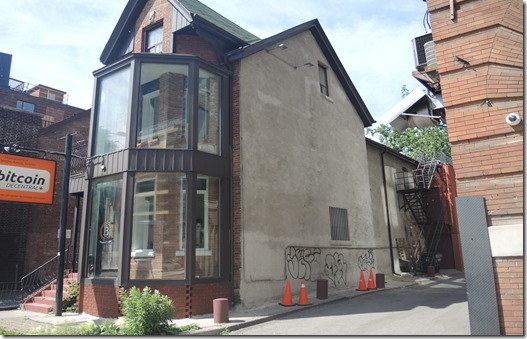

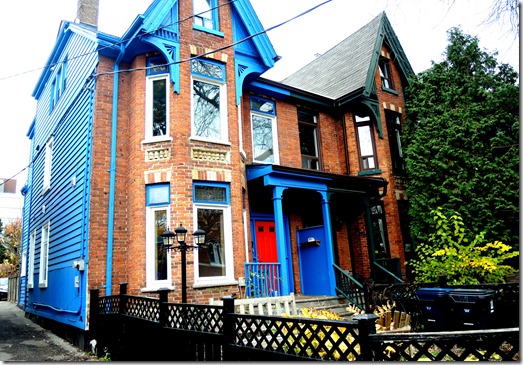
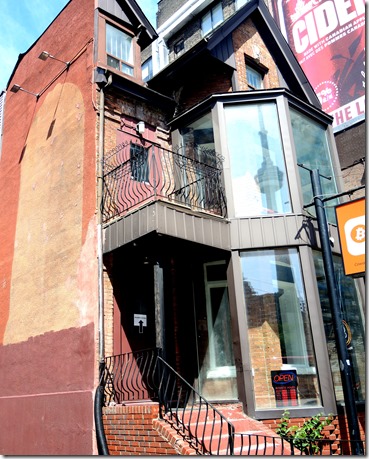
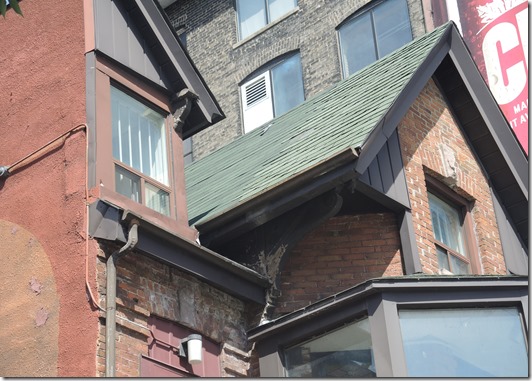
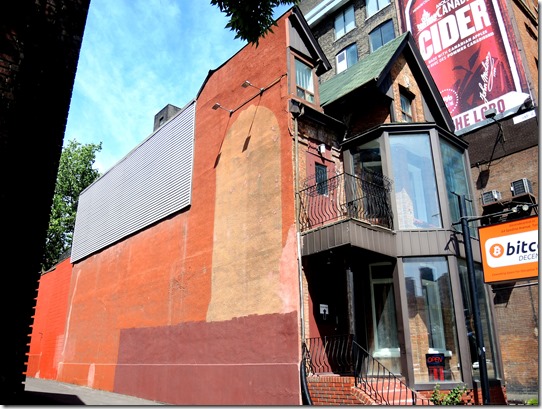
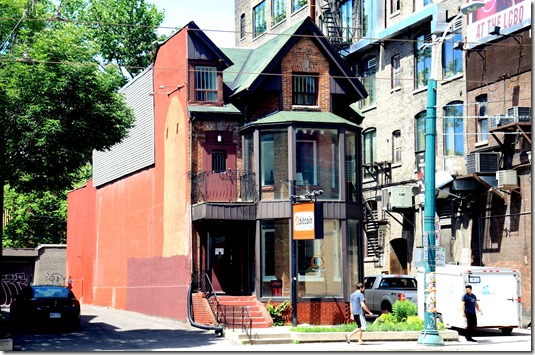
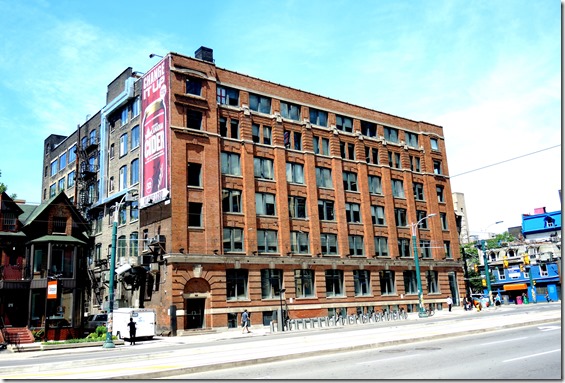
![cid_E474E4F9-11FC-42C9-AAAD-1B66D852[2] cid_E474E4F9-11FC-42C9-AAAD-1B66D852[2]](https://tayloronhistory.com/wp-content/uploads/2014/11/cid_e474e4f9-11fc-42c9-aaad-1b66d8522_thumb1.jpg)

